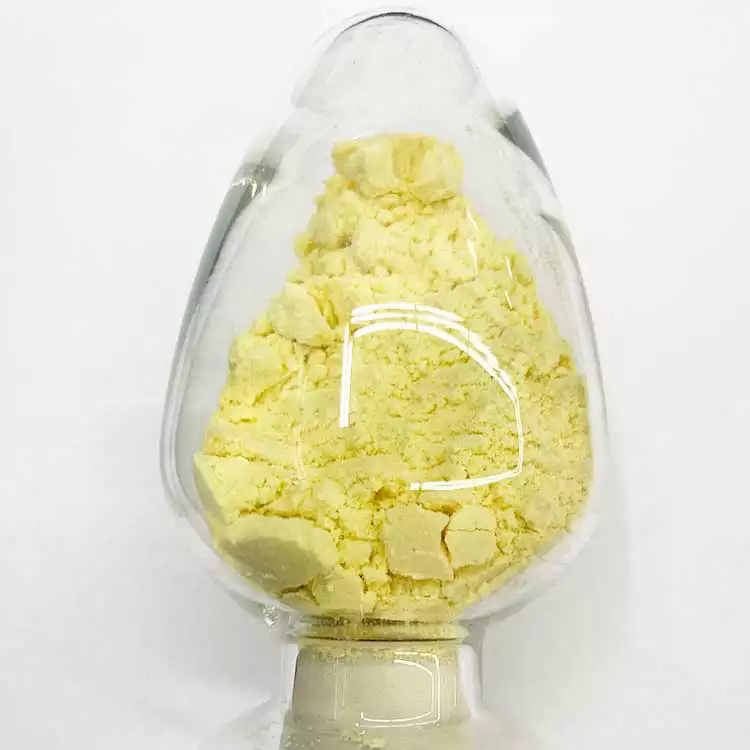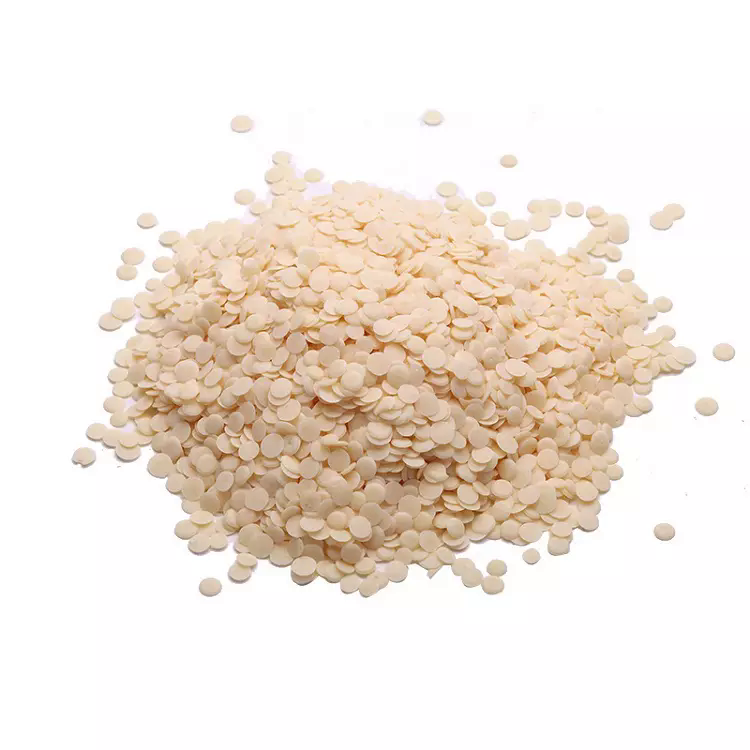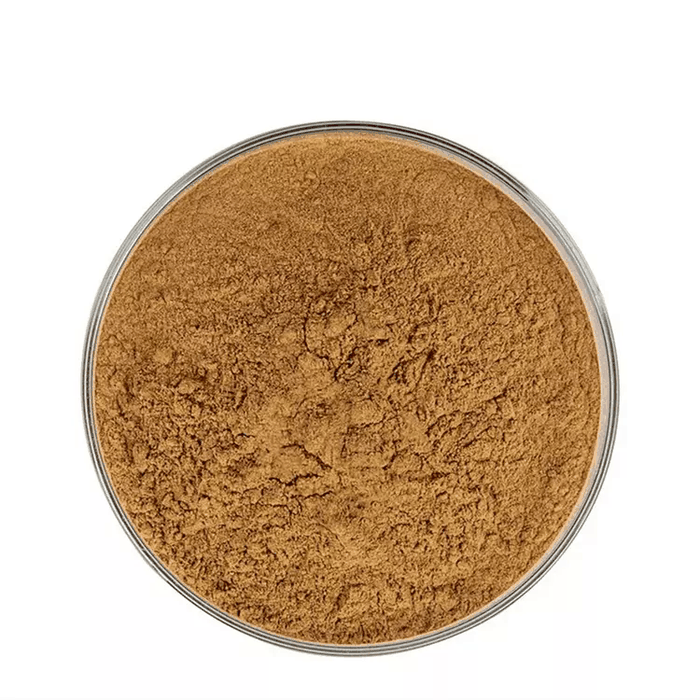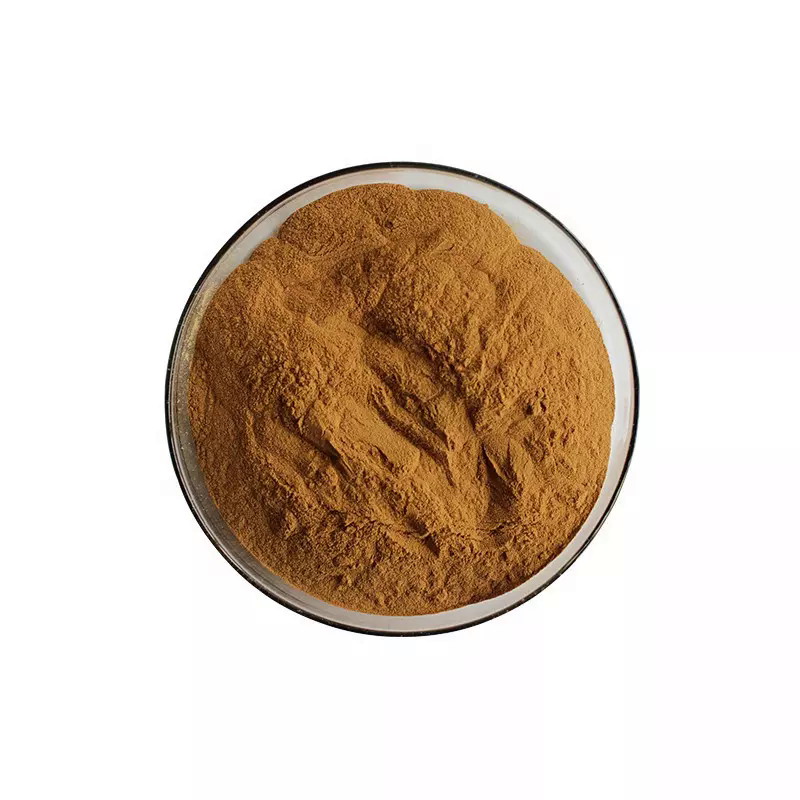β-Galactosidase
Synonym(s):Lactase;β-galactosidase;β-Galactosidase, E. coli;β galactosidase;β-D -Galactoside galactohydrolase
- CAS NO.:9031-11-2
- Empirical Formula: NULL
- Molecular Weight: 0
- MDL number: MFCD00130623
- EINECS: 232-864-1
- SAFETY DATA SHEET (SDS)
- Update Date: 2024-12-18 14:08:57
What is β-Galactosidase?
Chemical properties
White to tan powder
The Uses of β-Galactosidase
β-Galactosidase from bovine testes was used for coupling to Sepharose.
The Uses of β-Galactosidase
β-Galactosidase is conjugated to an antibody which specifically recognizes a target molecule (enzyme immunoassay or EIA). 1 β-Galactosidase is also used as a reporter enzyme to monitor the level of gene expression of a promoter. 2 It may be used as a positive control protein with anti-β-galactosidase antibodies.
The Uses of β-Galactosidase
β-Galactosidase is used in the enzymatic assays in the synthesis of imidazolo-pyrrolidinoses.
The Uses of β-Galactosidase
β-Galactosidase may be used for derivatization, such as an enzyme label for IgG, without prior dialysis or gel filtration.
The Uses of β-Galactosidase
β-Galactosidase was used for reversed-phase (RP) adsorption. 1 It was also used in the hydrolysis of whey lactose.
The Uses of β-Galactosidase
β-galactosidase was used in the production of a stabilized, single reagent for alcohol analysis.
Definition
ChEBI: Beta-D-galactose is a D-galactopyranose having beta-configuration at the anomeric centre. It has a role as an epitope and a mouse metabolite. It is an enantiomer of a beta-L-galactose.
brand name
Replagal (Transkaryotic Therapies).
Biotechnological Production
b-D-Galactosidase (b-D-galactoside galactohydrolase, EC 3.2.1.23) hydrolyses the
glycosidic bond of the disaccharide lactose into its monomers glucose and galactose.
Therefore, b-D-galactosidase is also known as lactase. b-D-Galactosidases
can be found throughout nature. Commercial enzymes are mainly of fungal origin
of the genera Kluyveromyces (yeast) and Aspergillus (filamentous ascomycete). Although several b-D-galactosidases are available on the market, new efforts
are still conducted to improve the enzymatic properties by site-directed mutagenesis or to find new b-D-galactosidase genes by screening metagenome databases.
From a technological point of view, the milk sugar lactose is hydrolyzed
because of the resulting increase of sweetness and the reduced susceptibility to
crystallization during spray drying of milk and whey. Nevertheless, the
most apparent application is the production of ‘‘lactose-free’’ milk products, which
enables the consumption of dairy products by lactose-intolerant people.
For industrial processes, b-D-galactosidases can be applied by immobilization
of the enzyme on carriers, such as cellulose, alginate, or other polymers, for
hydrolysis of milk or whey products. Conversion rates of lactose in batch and
continuous operation mode by immobilized b-D-galactosidase might reach 95 %. To reach even lower lactose concentrations of less than 0.01 %, a combination
of b-D-galactosidase activity and ultrafiltration as well as nanofiltration
methods can be used. Besides the degradation of substances that lead to food
intolerances, the elimination of food allergens by means of a specific degradation
of allergenic epitopes is another promising application of enzymes.
General Description
The GLB1 (β-Galactosidase) gene is mapped to human chromosome 3p22.3. The encoded protein belongs to glycosyl hydrolase 35 family and is localized to lysosomes.
Biochem/physiol Actions
Releases β(1→3)- and β(1→6)-linked galactose from the non-reducing end of complex oligosaccharides.
Purification Methods
It is purified 600-fold by (NH4)2SO4 precipitation, acetone fractionation and affinity chromatography on agarose substituted with terminal thio-.-galactopyranosyl residues. [Distlern & Jourdian J Biol Chem 248 6772 1973.]
Properties of β-Galactosidase
| Melting point: | 100 °C |
| Boiling point: | 100 °C(Press: 800 Torr) |
| Density | 1.14 g/cm3(Temp: 4 °C) |
| storage temp. | -20°C |
| solubility | 1% acetic acid: 1 mg/mL |
| form | powder |
| color | slightly yellow |
| Water Solubility | Soluble in water |
| EPA Substance Registry System | Galactosidase, .beta.- (9031-11-2) |
Safety information for β-Galactosidase
Computed Descriptors for β-Galactosidase
β-Galactosidase manufacturer
HRV Global Life Sciences
Meteoric Biopharmaceuticals Pvt. Ltd.
Advanced Enzymes
Apollo ingredients Pvt Ltd
New Products
(S)-3-Aminobutanenitrile hydrochloride 4-Methylphenylacetic acid N-Boc-D-alaninol N-BOC-D/L-ALANINOL Tert-butyl bis(2-chloroethyl)carbamate N-octanoyl benzotriazole 3-Morpholino-1-(4-nitrophenyl)-5,6-dihydropyridin- 2(1H)-one Furan-2,5-Dicarboxylic Acid S-2-CHLORO PROPIONIC ACID ETHYL ISOCYANOACETATE 2-Bromo-1,3-Bis(Dimethylamino)Trimethinium Hexafluorophosphate 4-IODO BENZOIC ACID 3-NITRO-2-METHYL ANILINE 1-(2,4-DICHLOROPHENYL) ETHANAMINE (2-Hydroxyphenyl)acetonitrile 4-Bromopyrazole 5,6-Dimethoxyindanone 2-(Cyanocyclohexyl)acetic acid 4-methoxy-3,5-dinitropyridine 1-(4-(aminomethyl)benzyl)urea hydrochloride 2-aminopropyl benzoate hydrochloride diethyl 2-(2-((tertbutoxycarbonyl)amino) ethyl)malonate tert-butyl 4- (ureidomethyl)benzylcarbamate Ethyl-2-chloro((4-methoxyphenyl)hydrazono)acetateRelated products of tetrahydrofuran








You may like
-
 Beta-Galactosidase 98%View Details
Beta-Galactosidase 98%View Details -
 Beta-Galactosidase 99%View Details
Beta-Galactosidase 99%View Details
9031-11-2 -
 β-Galactosidase from Escherichia coli, Grade VI, lyophilized powder, 250-600 units/mg protein CAS 9031-11-2View Details
β-Galactosidase from Escherichia coli, Grade VI, lyophilized powder, 250-600 units/mg protein CAS 9031-11-2View Details
9031-11-2 -
 9031-11-2 Beta-Galactosidase 98%View Details
9031-11-2 Beta-Galactosidase 98%View Details
9031-11-2 -
 Beta-Galactosidase 99%View Details
Beta-Galactosidase 99%View Details
9031-11-2 -
 Beta-Galactosidase 9031-11-2 98%View Details
Beta-Galactosidase 9031-11-2 98%View Details
9031-11-2 -
 β-Galactosidase CASView Details
β-Galactosidase CASView Details -
 β-Galactosidase CASView Details
β-Galactosidase CASView Details